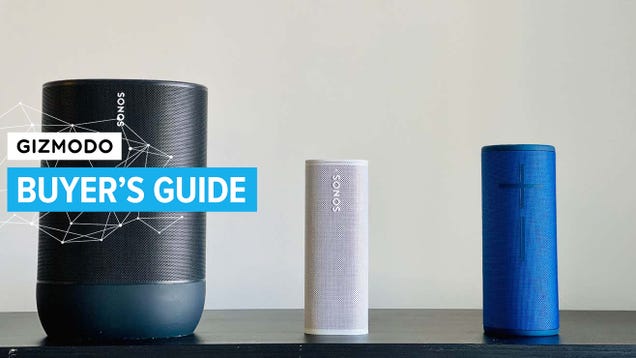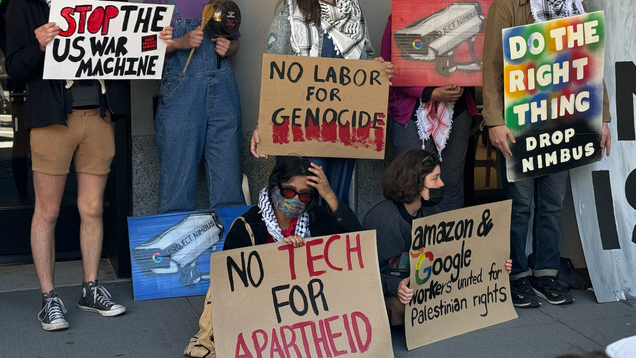
Gboard, Google’s on-screen keyboard, is a tool that helps people communicate exactly the way they want on a mobile device. Gboard supports over 400 languages, thousands of emoji and stickers, and an endless number of GIFs.
Part of helping people communicate is making sure Gboard is accessible for all people, and the languages they speak. One language not supported by Gboard, however, is American Sign Language. ASL isn’t a written language, so it’s not suited for a typical keyboard. However, ASL is one of the most expressive languages, and similar to other languages, has its own slang and regional variations. This makes it perfect for a visual communication format like stickers.
We collaborated with Jessica Flores, a Deaf artist, advocate and popular YouTube creator, to design a series of animated stickers for Gboard that feature ASL. We talked to Jessica about her background, her experience creating the stickers, and how she hopes people might use them.

Ryan: How did you get started doing YouTube videos?
Jessica: I started my YouTube channel about two years ago. At the time, I was working at a coffee shop, and a lot of the customers would ask me the same questions about my hearing loss over and over again, which I totally don’t mind. But once I started noticing this, I began to wonder if there was a way I could educate a much larger audience, instead of just one person at a time.
Ryan: What feedback have you received from other Deaf or Hard of Hearing people on your work?
Jessica: I grew up being the only Deaf person I really knew, so I felt very alone and isolated. When I started my YouTube channel years later, I thought there was only going to be a few people who could relate to my content, but boy, was I wrong! I get messages and comments all the time from both Deaf and Hard of Hearing adults and kids telling me they can relate to my videos. Whenever I get these messages, it’s hands down, one of the best feelings in the world.
Ryan: How do you typically use expressions like stickers/GIFs/emoji? What do you like/dislike about this experience?
Jessica: I use stickers, emojis, and GIFs really often. Some might tell you, too often or, more-than-one-normally-should often. (Insert wide eye, straight big smile emoji here)
Personally, a text message just doesn’t allow me to fully express what I am trying to say, or how I am feeling. I probably feel this way because I am a very animated person. Whenever I sign or talk, I feel like I always need to use all of my facial expressions and body language to express what I am trying to say. Even if it is just something simple like, “Hey can you pass the salt?” it ends up being very animated.
Ryan: What was your vision for these stickers? How did the end product compare to your vision?
Jessica: At the beginning of the project, I had no idea what direction these stickers were going to go in. I thought for sure the stickers would feature one character signing all the words.
But after looking at all of our sketches, I realized I wanted a sticker set that would help spread Deaf awareness and expose American Sign Language to more people, even just a little bit. I knew that if we designed a character for the stickers who signed, only those who knew ASL would know what the signs meant, and those who didn’t know ASL might end up ignoring the set completely.
We settled on the perfect solution: making the words become the characters. Now, if you know ASL, you will understand the whole set, as well as the slang. And if you don’t know ASL you will still be able to follow along with most of the signs their meanings.

Ryan: Were there any challenges you encountered as an artist creating the stickers?
Jessica: A lot of people don’t realize that, in sign language, a simple change in facial expression or body language can change a sign’s meaning completely. Just like how a tone of someone’s voice will allow you to figure out if they are mad at you, or if they’re asking you a question.
So when I had a word like “No”, I had to think about what kind of “No” I wanted to sign. Did I want it to be a sad “no”, a happy “no”, a sarcastic “no”? Then, if I picked sad, I had to ask myself, “How sad is it? Is it so sad it’s crying or is it just bummed out sad?” There are so many ways to sign and say “no” that it was hard to pick just one.
Ryan: How do you hope people will use them?
Jessica: I hope it will inspire people to start learning basic ASL or the other many different types of sign language: Mexican Sign Language, British Sign Language, Filipino Sign Language, etc.
My other hope is that the set will encourage people to start learning about Deaf/Hard of Hearing history, community, and culture. People still have a lot to learn about Deaf people. And the faster we can all learn about each other, the faster we can work towards making the world more accessible for one another.








